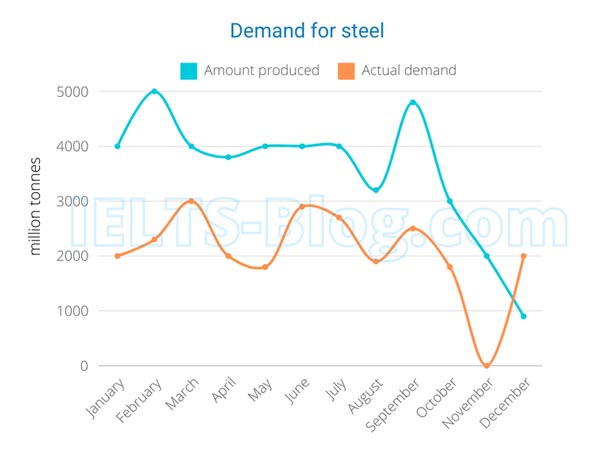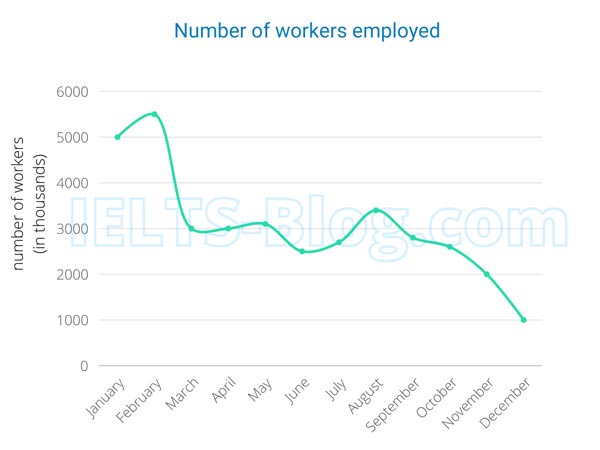IELTS Sample Reports of Band 8

Last updated: June 13, 2024
Here you can find IELTS Sample Reports of Band 8, written by students and graded by an IELTS teacher. Click on one of the task types below to jump to model reports of that type.
Maps / Plans
Bar Charts
Line Graphs
Pie Charts
Mixed Pie Charts + Bar Graphs
Tables
Note: the topic of each report appears when you hold the mouse over the link. Every report is checked, marked, has comments and suggestions. Hold the mouse over to see suggested corrections. The teacher’s summary is at the bottom of each report.
IELTS Model Reports Describing Maps / Plans
IELTS Maps / Plans – sample report 1
IELTS Maps / Plans – sample report 2
IELTS Maps / Plans – sample report 3
IELTS Maps / Plans – sample report 4
IELTS Maps / Plans – sample report 5
IELTS Maps / Plans – sample report 6
IELTS Maps / Plans – sample report 7
IELTS Model Reports Describing Bar Charts
IELTS Bar Charts – sample report 1
IELTS Bar Charts – sample report 2
IELTS Bar Charts – sample report 3
IELTS Bar Charts – sample report 4
IELTS Bar Charts – sample report 5
IELTS Bar Charts – sample report 6
IELTS Bar Charts – sample report 7
IELTS Bar Charts – sample report 8
IELTS Model Reports Describing Line Graphs
IELTS Line Graphs – sample report 1
IELTS Line Graphs – sample report 2
IELTS Line Graphs – sample report 3
IELTS Line Graphs – sample report 4
IELTS Line Graphs – sample report 5
IELTS Model Reports Describing Pie Charts
IELTS Pie Charts – sample report 1
IELTS Pie Charts – sample report 2
IELTS Pie Charts – sample report 3
IELTS Model Reports Describing Mixed Graphs (Pie Charts And Bar Graphs)
IELTS Mixed Graphs – sample report 1
IELTS Mixed Graphs – sample report 2
IELTS Model Reports Describing Tables
IELTS Tables – sample report 1
IELTS Tables – sample report 2
IELTS Tables – sample report 3
IELTS Tables – sample report 4
IELTS Tables – sample report 5
Note: the reports are checked by an IELTS teacher, not an IELTS examiner or examiner trainer. All the bands are approximate.





